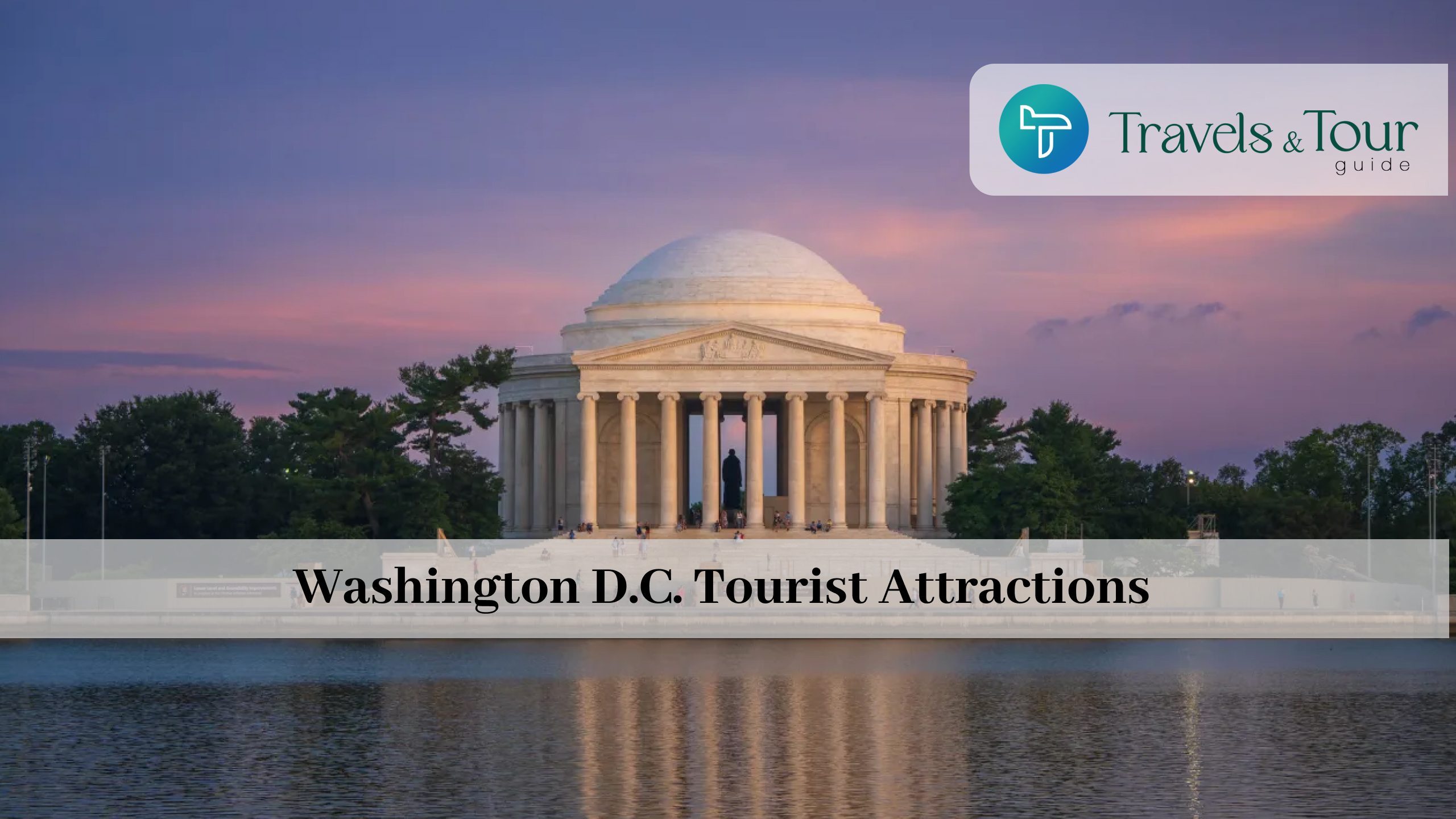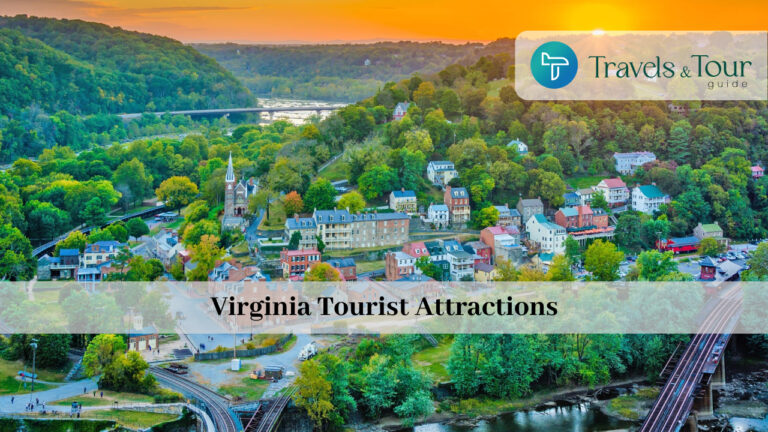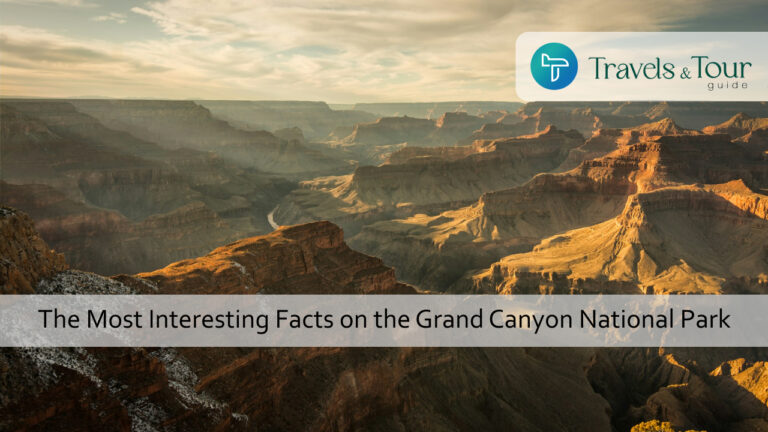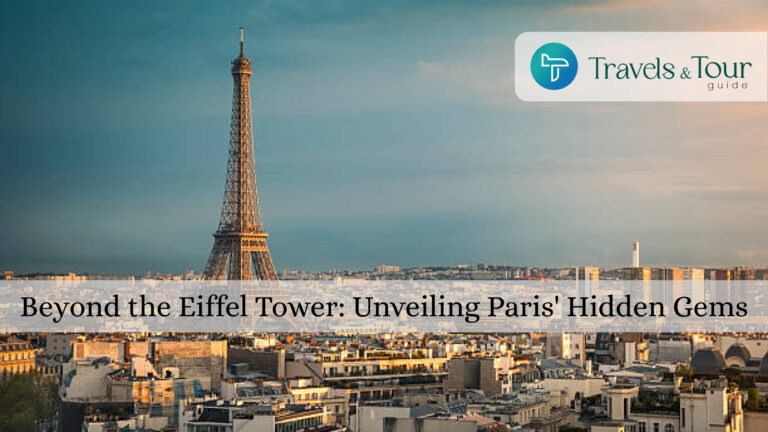Washington D.C. Tourist Attractions
Created by Pierre-Charles L’Enfant at the command of George Washington, the capital city sits wonderfully on the banks of the Potomac River, among Maryland and Virginia. Its design, a demonstration of post-Revolutionary War world, guarantees the national government stays unprejudiced across four unmistakable quadrants.
United States Capitol and Capitol Hill
Wonder about the loftiness of the United States Capitol, a persevering through image of a majority rules system overshadowing Capitol Hill. Dive into its celebrated past through free visits, uncovering mind boggling frescoes, reliefs, and compositions that portray America’s excursion.
Lincoln Memorial
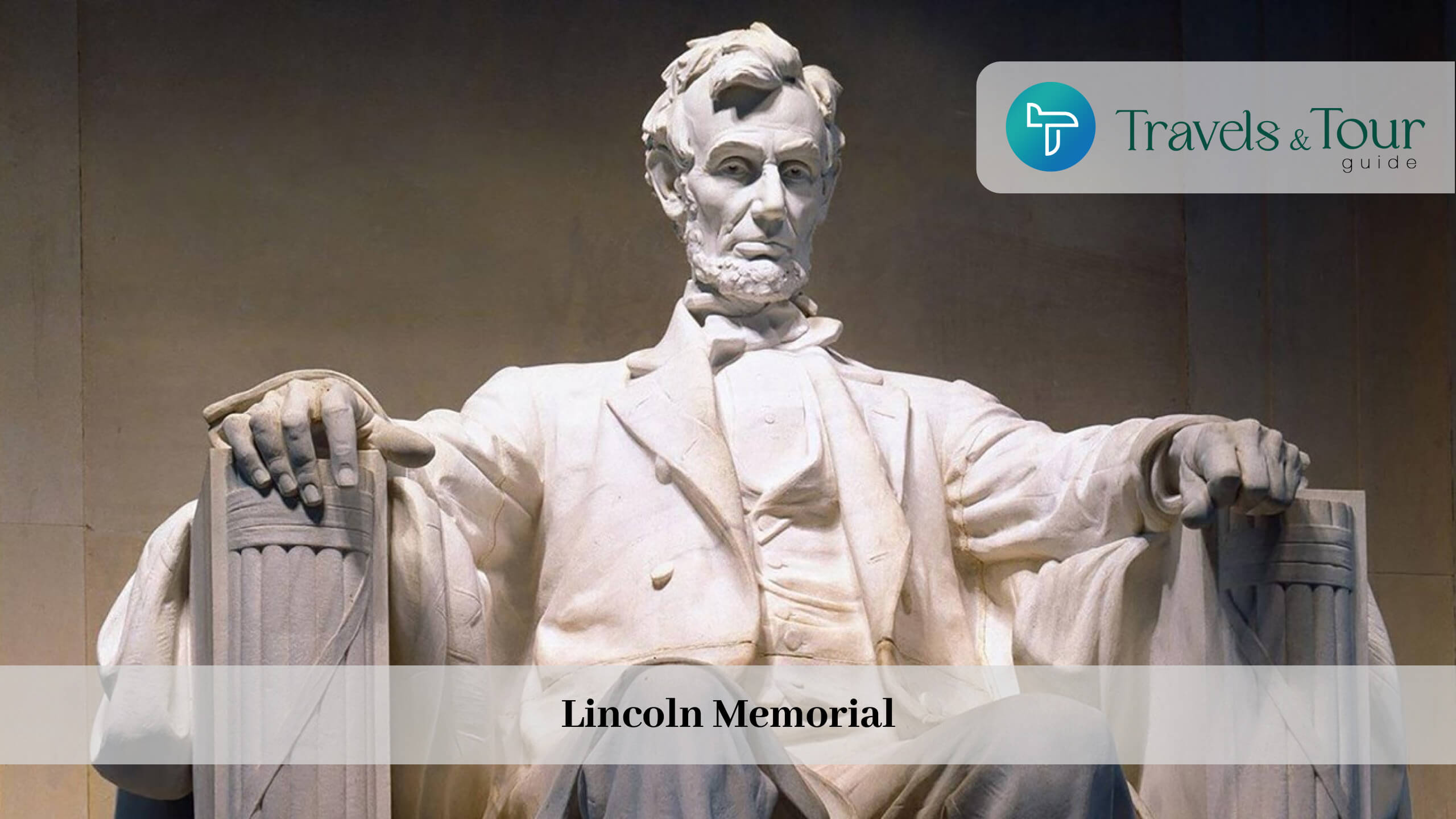 View the famous Lincoln Memorial, a strong recognition for President Abraham Lincoln’s inheritance, set against the serene background of the Reflecting Pool. Feel overwhelmed by its 36 great sections, each addressing a state during Lincoln’s residency, as history wakes up inside its blessed lobbies.
View the famous Lincoln Memorial, a strong recognition for President Abraham Lincoln’s inheritance, set against the serene background of the Reflecting Pool. Feel overwhelmed by its 36 great sections, each addressing a state during Lincoln’s residency, as history wakes up inside its blessed lobbies.
National Hall and Veterans Memorials
Walk around the far reaching National Mall, where history unfurls in the midst of verdant yards and serious dedications. Give recognition to veterans at strong destinations like the Vietnam Veterans Memorial and the Korean War Veterans Memorial, grave tokens of penance and bravery.
The White House
The White House is the authority home of the President of the US. The home of each and every president aside from George Washington, it was initially worked by James Hoban in 1792, and in the wake of being torched by English powers in 1814 was reconstructed in 1818.
The Washington Monument
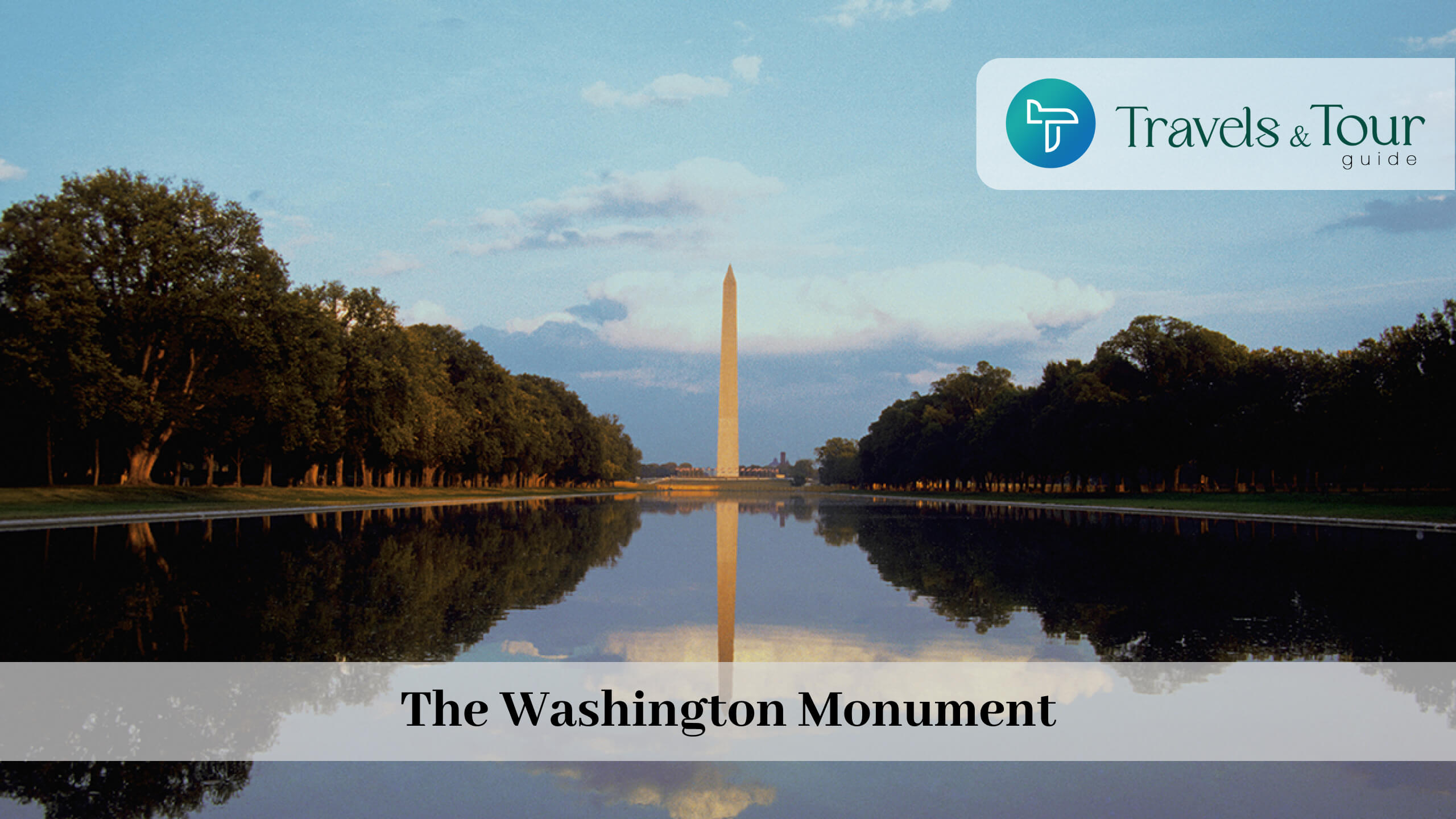 The 555-foot white shaft of the Washington Monument is a natural symbol of the National Mall, and a lovely sight, particularly when reflected in the long Reflecting Pool at its foot. Development of the pillar to respect the country’s most memorable president didn’t continue without a hitch.
The 555-foot white shaft of the Washington Monument is a natural symbol of the National Mall, and a lovely sight, particularly when reflected in the long Reflecting Pool at its foot. Development of the pillar to respect the country’s most memorable president didn’t continue without a hitch.
National Gallery of Art
Housed in two separate structures associated by a passage, the National Gallery of Art is one of the world’s premier art museums and one of the most famous in the U.S. In light of the sizable assortment of financier and later Treasure Secretary Andrew Mellon, its huge and various assortment incorporates masterpieces of European and American compositions, mold, and beautifying expressions.
United States Holocaust Memorial Museum
Close to the Smithsonian historical centers, the United States Holocaust Memorial Museum reports, studies, and deciphers the historical backdrop of the Holocaust with the double motivation behind memorializing the people in question and assisting the world with facing disdain and forestall annihilation.
Library of Congress
An underground entry with authentic displays leads from the Capitol Building to one of Washington’s generally secret spots to visit, the Library of Congress. It’s the world’s biggest library, demonstrated on the Opera House in Paris. You can visit segments all alone, however free visits uncover much a greater amount of its wonderful inside.
National Museum of Natural History
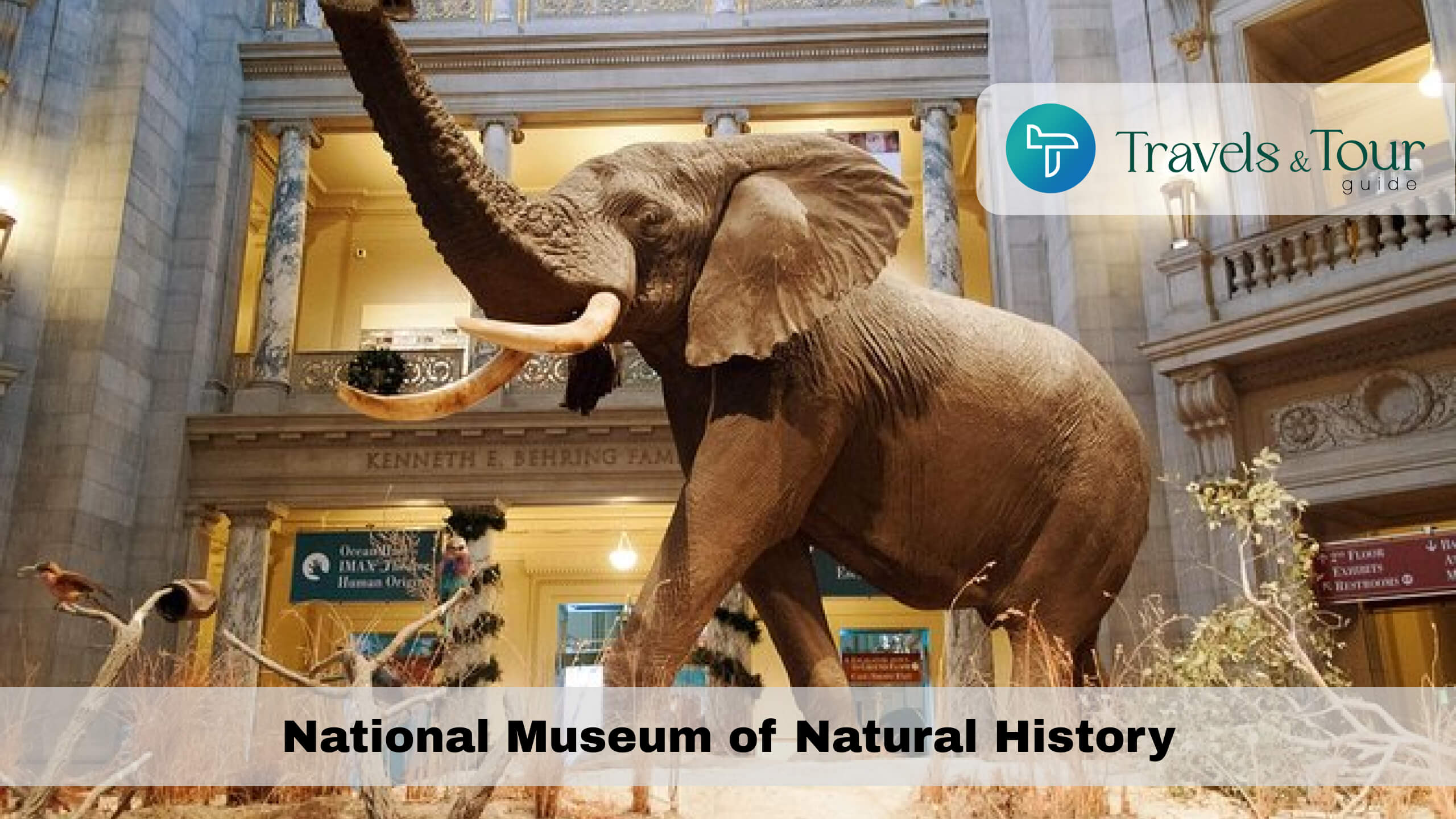 Perhaps of the most famous thing to do with kids in Washington, the National Museum of Natural History investigates the normal world with super durable and changing displays to accommodate people of all ages. Most loved displays incorporate the famous Hope Diamond and the amazing assortment of gems and minerals around it, and Ocean Hill with its dazzling submerged photography and imitation of a 45-foot North Atlantic Right Whale.
Perhaps of the most famous thing to do with kids in Washington, the National Museum of Natural History investigates the normal world with super durable and changing displays to accommodate people of all ages. Most loved displays incorporate the famous Hope Diamond and the amazing assortment of gems and minerals around it, and Ocean Hill with its dazzling submerged photography and imitation of a 45-foot North Atlantic Right Whale.
National Museum of American History
One of the most famous of the Smithsonian’s numerous historical centers that line the mall, The National Museum of American History follows the political, social, logical, and tech history of the U.S. since the Revolution. It shows significant bits of Americana, including Thomas Jefferson’s desk, one of Edison’s light bulbs, and the first flag that motivated Francis Scott Key to compose the words to The Star-Spangled Banner.
National Museum of African American History and Culture
Zeroing in on subjects of history, culture, and local area, the most up to date of the Smithsonian galleries investigates changing meanings of American citizenship and equity, simultaneously featuring African American culture and that of the whole African diaspora.
Jefferson Memorial and Tidal Basin
The plan for the domed white memorial to Thomas Jefferson, the third US president, depends on the Roman Pantheon, its low arch upheld by 54 Ionic sections. Inside, showing up in a sensational outline through the segments, is a 19-foot sculpture of a standing Jefferson, and around are engraved portions of the Declaration of Independence and different compositions.
National Zoological Park
The National Zoological Park is one more piece of the Smithsonian, where almost 2,000 unique creatures, birds, and reptiles live in territories imitating as intently as conceivable their common habitats. Of the few hundred species addressed here, about a quarter are jeopardized. This is one of the world’s best zoos, not just for the nature of the visitor experience, yet for its service in areas of sustainability and animal care.
National Archives
The National Archives holds super durable records of the U.S. Congress, the U.S. Supreme Court, District of Columbia Courts, and a few government organizations, as well as pre-World War I military service records for U.S. Army and Confederate veterans, and pre-1940 vessel and station logbooks for the U.S. Navy.
International Spy Museum
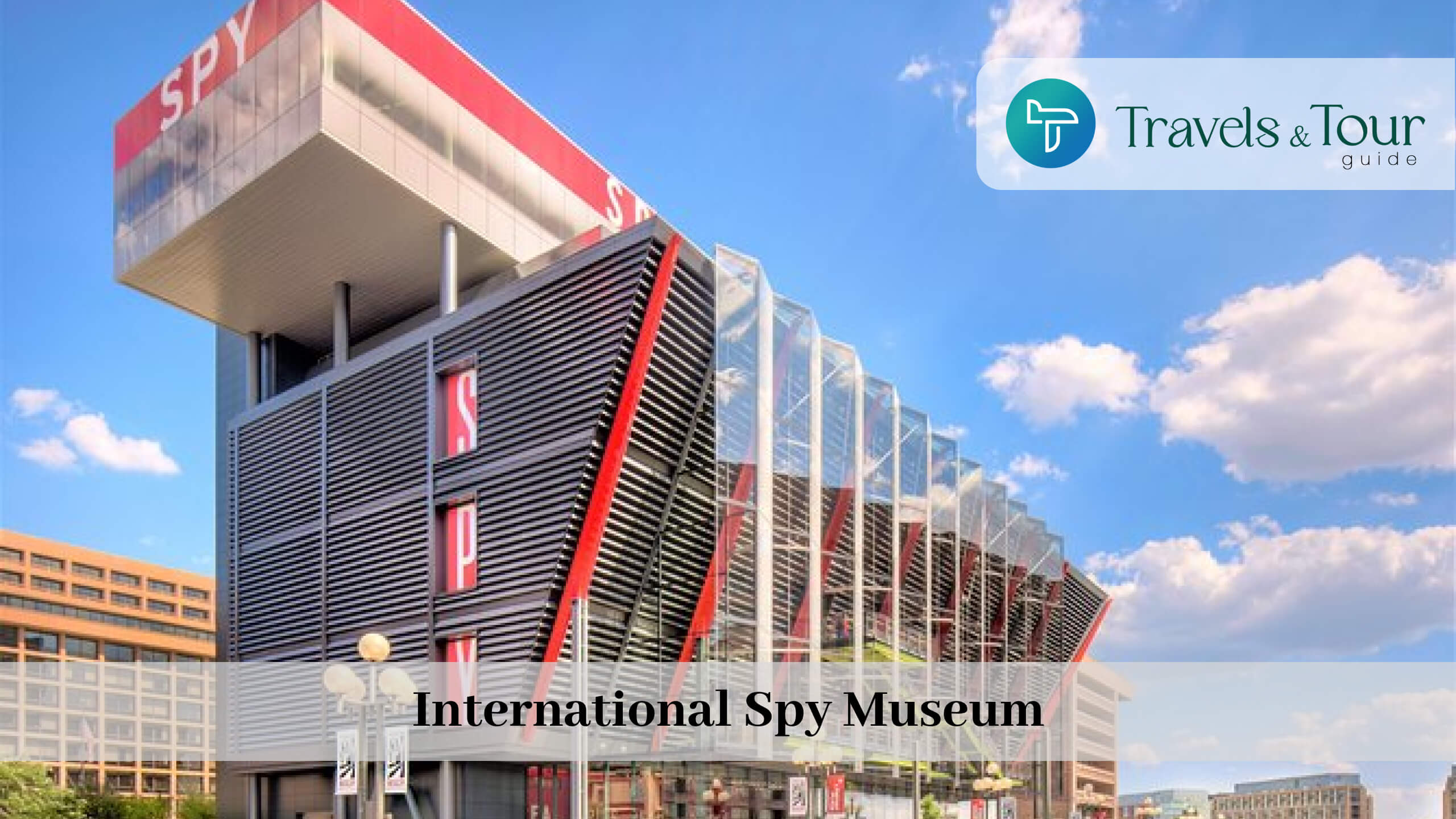 The spot for 007 wannabes, the historical museum covers the methods, innovation, history, and contemporary job of surveillance. A large number of the shows are intuitive, and all through the structure are genuine instances of genuine espionage gear (counting a toxic dart umbrella designed by the KGB), from declassified equipment and capture hardware to film props utilized in the James Bond series.
The spot for 007 wannabes, the historical museum covers the methods, innovation, history, and contemporary job of surveillance. A large number of the shows are intuitive, and all through the structure are genuine instances of genuine espionage gear (counting a toxic dart umbrella designed by the KGB), from declassified equipment and capture hardware to film props utilized in the James Bond series.
Arlington National Cemetery
On a slope sitting above the city from across the Potomac River, Arlington National Cemetery ground is loaded up with dedications to American history and the people who were important for it. Its most popular tourist spots are the Burial place of the Tomb Of Unknown Soldier, President John F. Kennedy’s gravesite, and the U.S. Marine Corps War Memorial portraying the raising of the banner on Iwo Jima in World War II. The Welcome Center has maps, data (counting the areas of specific graves), and displays recounting the narrative of Arlington National Cemetery ground and its landmarks.
Washington National Cathedral
The English-style, Neo-Gothic National Cathedral, one of the world’s biggest basilicas, required 83 years to work, from 1907 to 1990. It follows the Gothic structure style and procedures, with flying supports and strong brick work development of Indiana limestone. All through the basilica are imaginative subtleties to see, from its stained-glass windows to the hand-weaved kneelers that recognize war legends and noteworthy occasions.
Georgetown Historic District
The neighborhood from 27th to 37th Streets, between Rock Creek Park and K Street NW, is the city’s most seasoned, with beginnings in the mid 1700s, before Washington itself. Georgetown University is situated here.
U.S. Botanic Garden
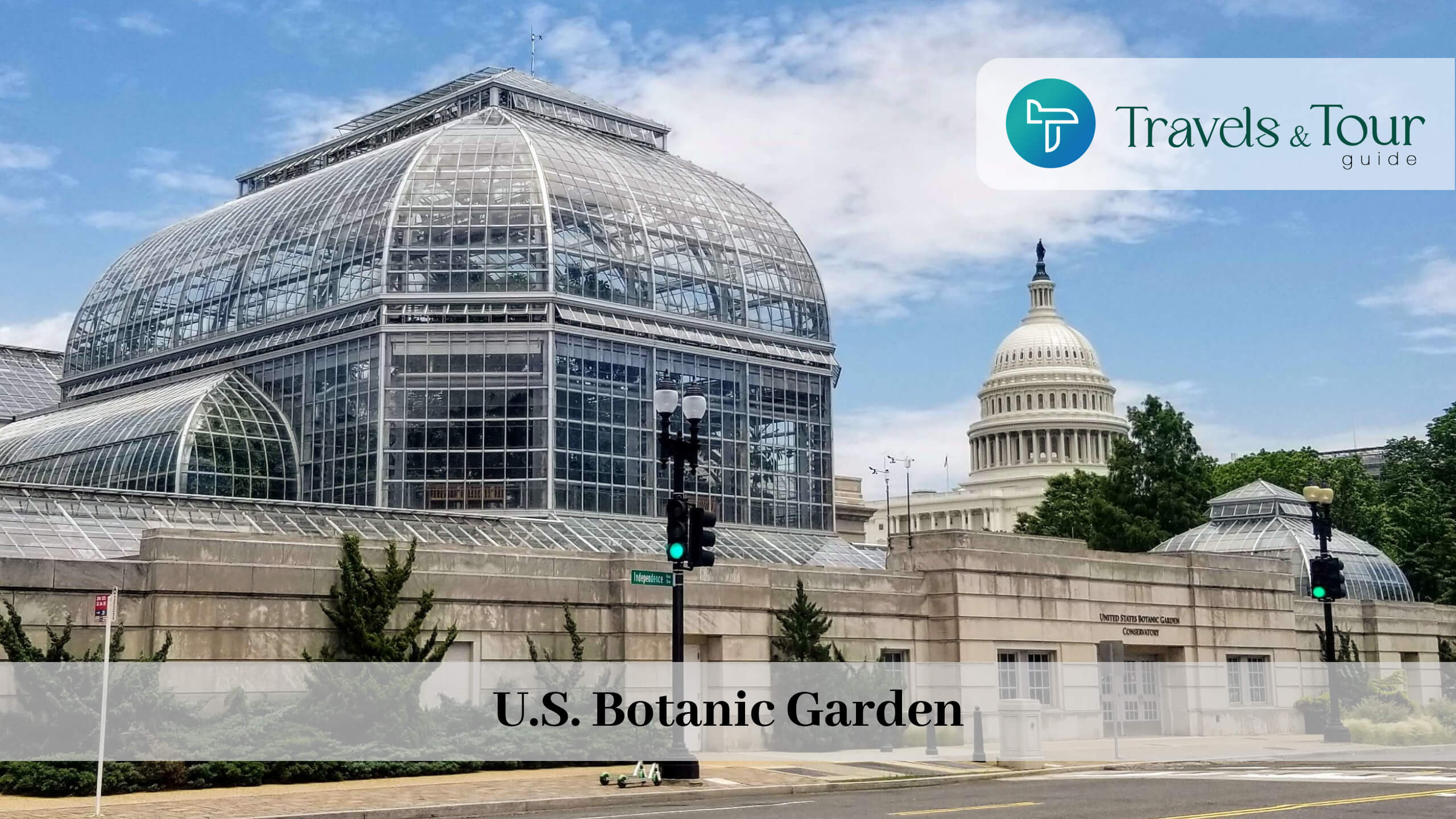 Encircled by outside gardens, the enormous glasshouse is the center of an exhibition hall of living plants. Long-lasting interior displays establish conditions for plants at home wherever from the desert to rainforests, while outside is an exhibit of plants that flourish in the Middle Atlantic states.
Encircled by outside gardens, the enormous glasshouse is the center of an exhibition hall of living plants. Long-lasting interior displays establish conditions for plants at home wherever from the desert to rainforests, while outside is an exhibit of plants that flourish in the Middle Atlantic states.
U Street Corridor
U Street Corridor is one of the city’s top notable areas and filled in as the epicenter of Black culture in America somewhere in the range of 1862 and 1948. Assigned an architecturally significant area in 1998, this area is loaded up with beautiful structures lodging a lot of shops, cafés, and theaters.
The Wharf
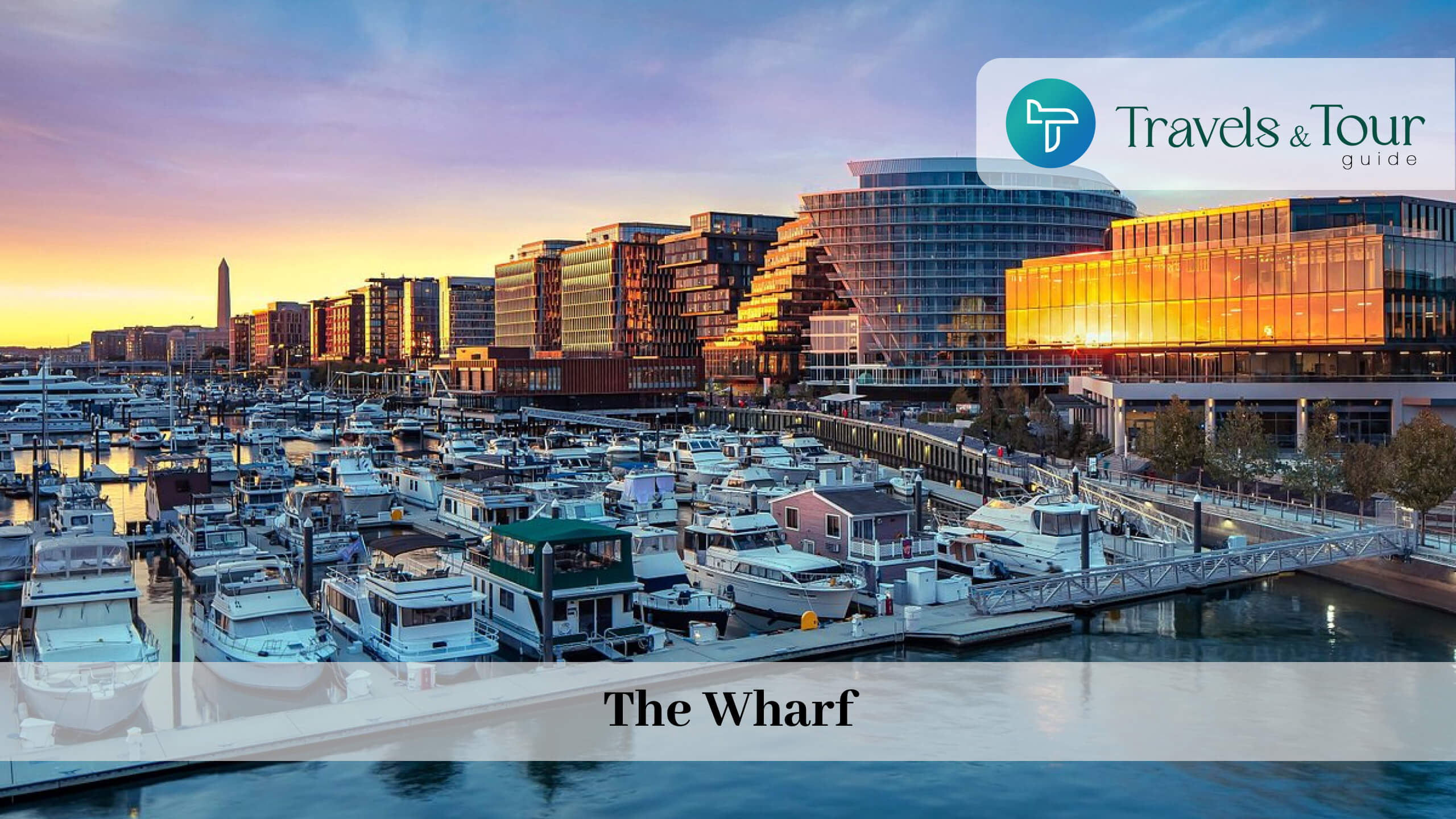 With its subsequent stage just finished in 2002, The Wharf is D. C’s. most sweltering new waterfront area, home to in excess of 80 cafés and shops, a notable fish market, four lodgings, and a famous live music setting. Running along the Potomac River for one mile, the area was made as a component of a bigger development plan for what had been a dismissed part of the SW quadrant.
With its subsequent stage just finished in 2002, The Wharf is D. C’s. most sweltering new waterfront area, home to in excess of 80 cafés and shops, a notable fish market, four lodgings, and a famous live music setting. Running along the Potomac River for one mile, the area was made as a component of a bigger development plan for what had been a dismissed part of the SW quadrant.
Step into the energetic heart of Washington, D.C., where white marble landmarks and dynamic areas allure you to investigate. Find the city’s rich history in its free galleries or submerge yourself in the neighborhood culture throbbing through its roads – each visit guarantees another experience with something to cherish for the rest of your lives. It is not just a capital, but way more than that, qualifying on all sightseeing fronts.

